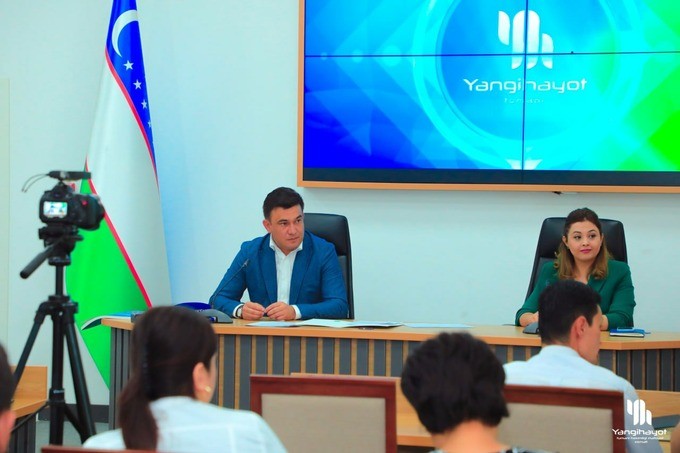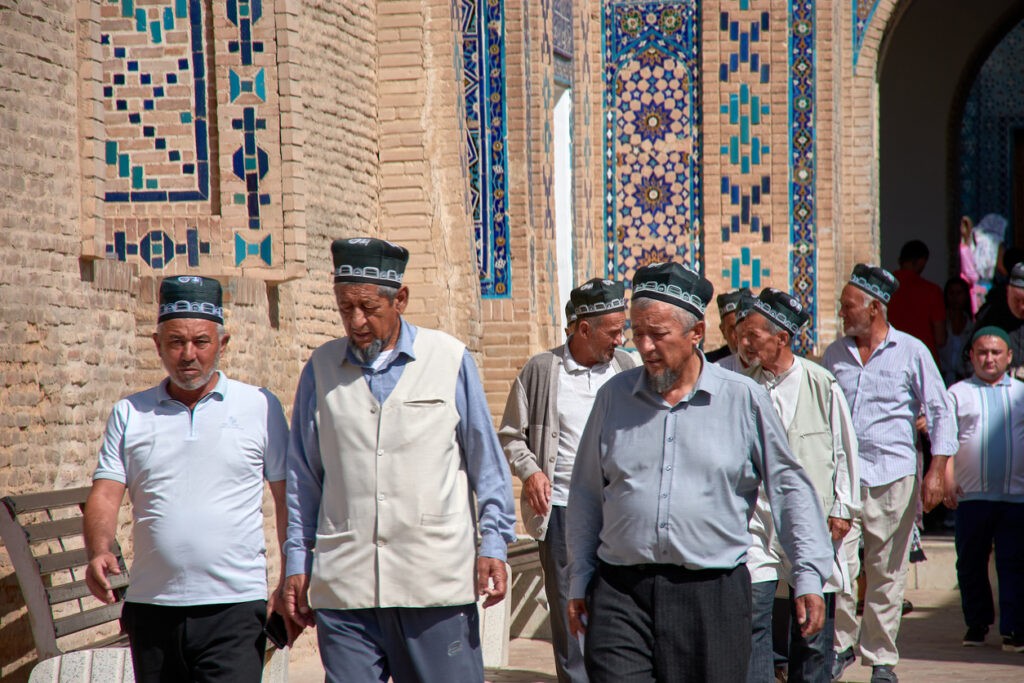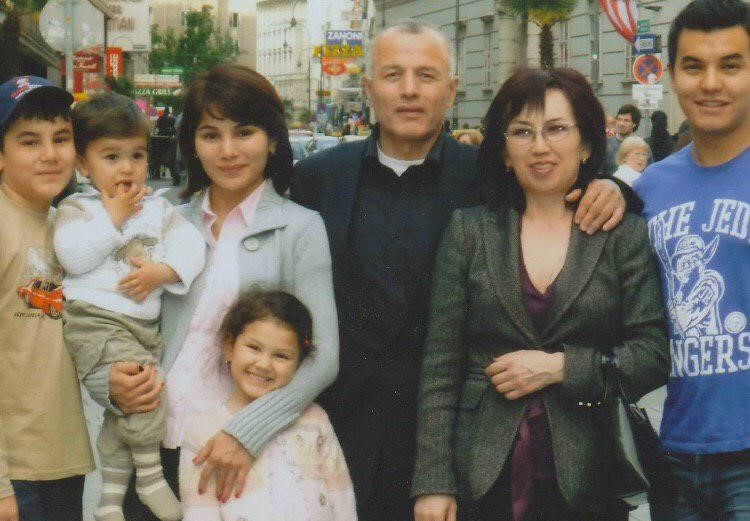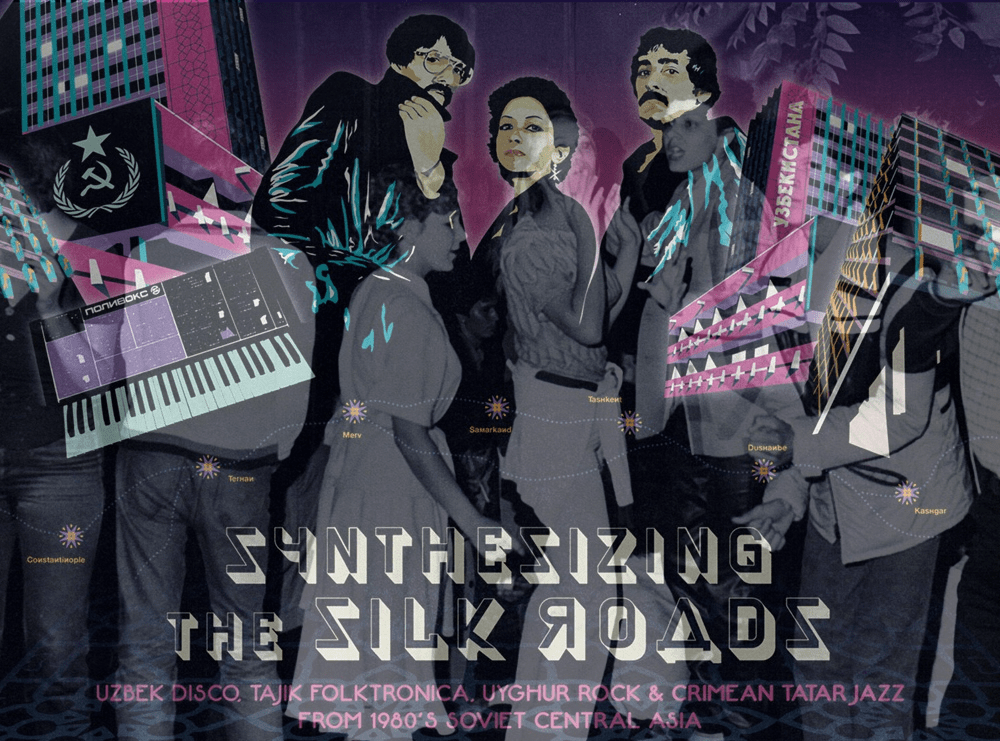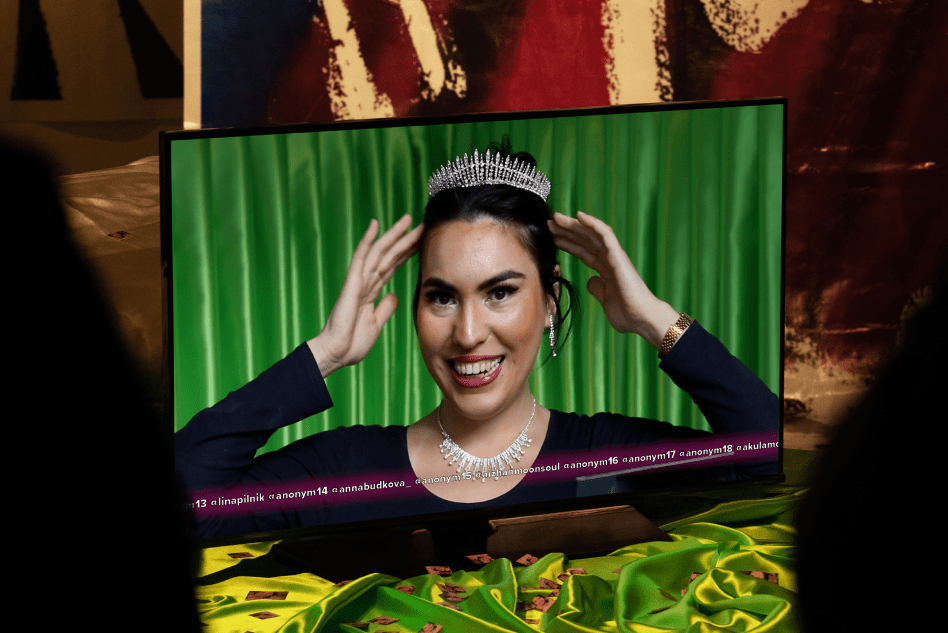New Project in Tashkent Offers Free Housing to Residents of Wooden Homes
Residents of wooden houses in Yangikhayot will be relocated to new apartments, and an arboretum will be created in their place. Residents of wooden two-story houses in Tashkent's Yangikhayot district will be relocated to the Yangi Mahalla residential complex in two to three years, with families receiving free accommodation in the new complex. The project, the cost of which is estimated at 1.5 trillion-som ($117 million), will affect 409 wooden houses in the Yuldosh (Sputnik) massif, where more than 21,000 people reside. The resettlement will affect 4,341 families, who will be relocated to modern apartment buildings in Gulshanobod mahalla. The project includes the resettlement of residents and landscaping, Yangikhayot District Hokim (head of the local executive authority), Hayot Inogamov and Tashkent Invest Chairman, Bakhrom Shokirov told a November 28 news conference. An arboretum surrounded by perennial trees will replace the old wooden houses. Tashkent Invest developed the resettlement program with the support of the hokimiyat and district administration. The company itself will not participate in the construction of the new houses, but will act as an intermediary between the state and construction organizations, overseeing the fulfillment of the social obligations of investors, and ensuring resettlement of the families. This project will not only improve the living conditions of thousands of residents, but will be an important step towards improving the environmental situation in the neighborhood by creating a new park on the site of the outdated development.
